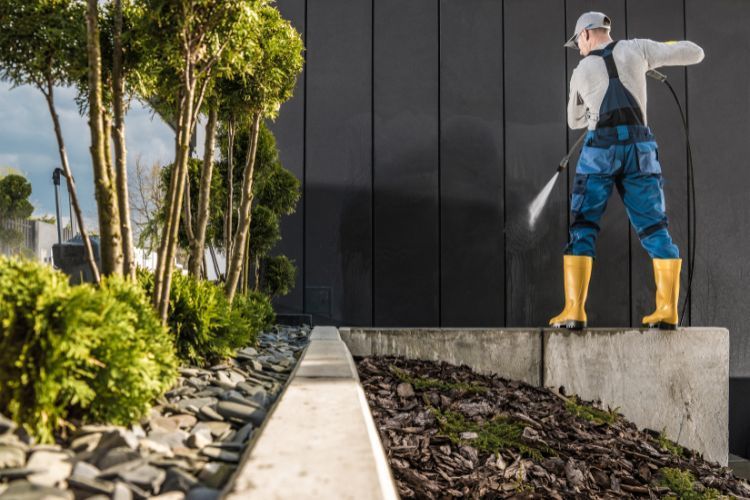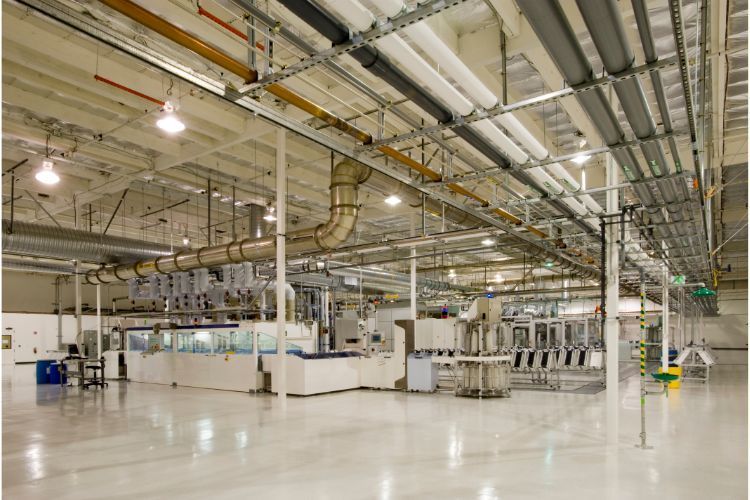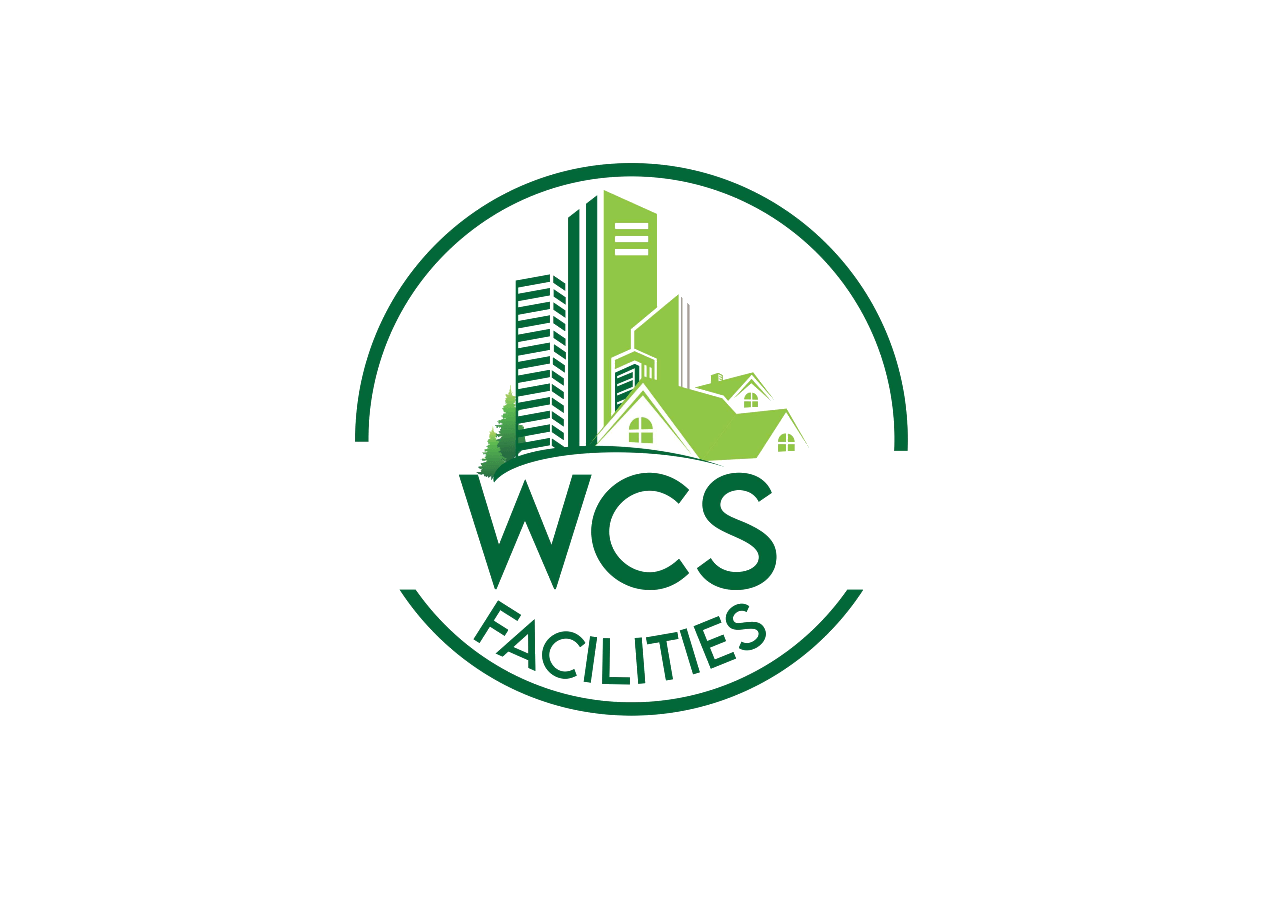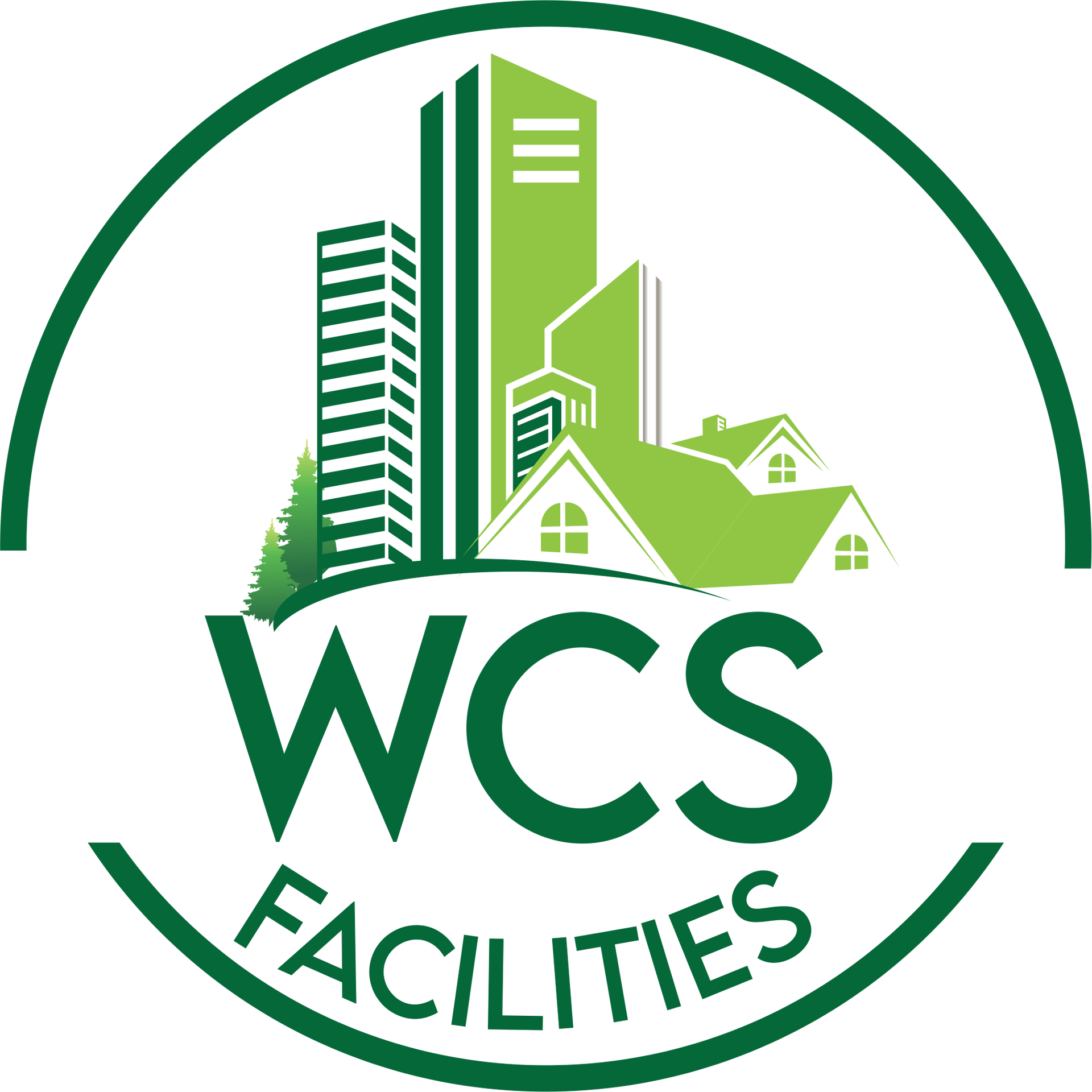Productive Workspaces: Facility Management's Impact
In the bustling business world, where every minute counts and efficiency is critical, the significance of productive workspaces cannot be overstated. Picture this: a well-designed, meticulously managed office space that not only meets the needs of its occupants but also enhances their productivity and well-being. This is where the magic of facility management comes into play.
Defining the Role of Facility Management
Facility management, often abbreviated as FM, encompasses various disciplines to ensure commercial spaces' functionality, comfort, safety, and efficiency. It involves everything from space planning and maintenance to resource management and environmental sustainability. Simply put, facility management is the backbone that keeps companies and organizations running smoothly and helps them prosper in the current competitive environment.
The Influence of Facility Management
So, how exactly does facility management impact the productivity of workspaces? Let's break it down.
Enhancing Employee Well-being and Satisfaction
A well-designed and properly maintained workspace can profoundly affect employee well-being and satisfaction. Imagine working in an environment filled with natural light, ergonomic furniture, and vibrant greenery. Studies have shown that such elements can reduce stress, boost morale, and increase productivity. By putting workers' comfort and happiness first,
facilities management fosters a positive workplace environment where people feel appreciated and inspired to give their best work.

Increasing Overall Productivity and Efficiency
Efficiency is the name of the game in today's fast-paced business world. Through strategic space planning, optimal layout design, and the implementation of cutting-edge technologies, facility management maximizes the use of available resources and minimizes waste. This results in smoother workflows, faster decision-making, and, ultimately, higher levels of productivity across the organization.
Aligning Physical Spaces with Organizational Goals
Effective facility management goes beyond mere maintenance tasks. It involves aligning the physical environment with the strategic objectives of the organization. For example, a company prioritizing collaboration and innovation may invest in open-plan workspaces and brainstorming areas, while a firm focused on client confidentiality may prioritize privacy and security measures. By tailoring the workspace to meet the specific needs and goals of the organization, facility management becomes a strategic tool for driving success.
Strategies for Effective Facility Management
Now that we understand the importance of facility management in creating productive workspaces let's explore some key strategies for success.
Regular Maintenance and Upkeep
Preventive maintenance is crucial for keeping commercial spaces running smoothly. Routine inspections and prompt repairs can avert expensive malfunctions and interruptions, from HVAC systems and electrical infrastructure to plumbing and furniture. By staying proactive and addressing issues before they escalate, facility managers can maintain a safe, comfortable, and productive work environment for all occupants.
Environmental Sustainability Initiatives
With people becoming more conscious of the environment, sustainability is now a top concern for many companies. Facility management is vital in implementing green initiatives such as energy-efficient lighting, water-saving fixtures, waste reduction programs, and recycling. These measures benefit the planet, contribute to cost savings, and enhance the organization's reputation as a responsible corporate citizen.
Proactive Problem Solving and Response Mechanisms
Unexpected challenges are bound to arise in a dynamic business environment. Whether it's a sudden equipment malfunction, a security breach, or a natural disaster, facility managers must be prepared to respond swiftly and effectively. Facility management teams can minimize disruptions and guarantee business continuity by creating thorough emergency response plans, utilizing technology for real-time monitoring, and cultivating strong relationships with vendors and service providers.
Future Trends in Commercial Facility Management

Looking ahead, the future of facility management is filled with exciting possibilities.
Incorporating Smart Technologies for Streamlined Operations
The rise of intelligent technologies such as IoT sensors, data analytics, and automation is revolutionizing facility management. By leveraging real-time data insights, predictive maintenance algorithms, and AI-driven systems, facility managers can optimize resource allocation, identify inefficiencies, and enhance the overall performance of commercial spaces.
Adapting to Changing Work Patterns and Remote Work Culture
Due to the COVID-19 pandemic, flexible and remote work schedules have become more popular. As a result, facility management must adapt to accommodate changing work patterns and preferences. This may involve redesigning office layouts to support hybrid work models, enhancing virtual collaboration tools, and reimagining the role of physical workspaces in a post-pandemic world.
Embracing Facility Management for a Productive Future
In conclusion, the impact of facility management on productive workspaces cannot be overstated. By prioritizing employee well-being, maximizing operational effectiveness, and coordinating physical spaces with organizational objectives, facility managers contribute significantly to the success of businesses. As we look to the future, embracing sustainability, harnessing the power of technology, and staying agile in the face of change will be vital to unlocking the full potential of commercial facilities.
Ready to optimize your workspace for productivity and success? Contact WCS Facilities Management today and discover how we can help transform your commercial facilities.
You might also like


Book a Service Today
We will get back to you as soon as possible
Please try again later
Quick & Reliable Facilities Management Services
We are available 24/7 via fax, email or telephone

Contact info
Useful links
Join the Newsletter
We will get back to you as soon as possible
Please try again later

